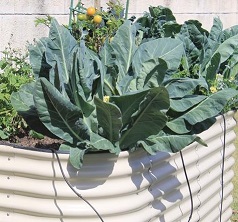 Hydroponics at Home!
Hydroponics at Home!
Hobby Hydroponics is a fascinating subject; learn how you can do this at home.
This course is a good starting point for those who have little experience in horticulture or hydroponics; whose main interest is in growing AT HOME. Unlike our other courses, this course is NOT intended for commercial growing in any way. You will learn the theory behind hydroponic culture, as well as receive first hand practical experience as you set up your own basic hydroponic system.